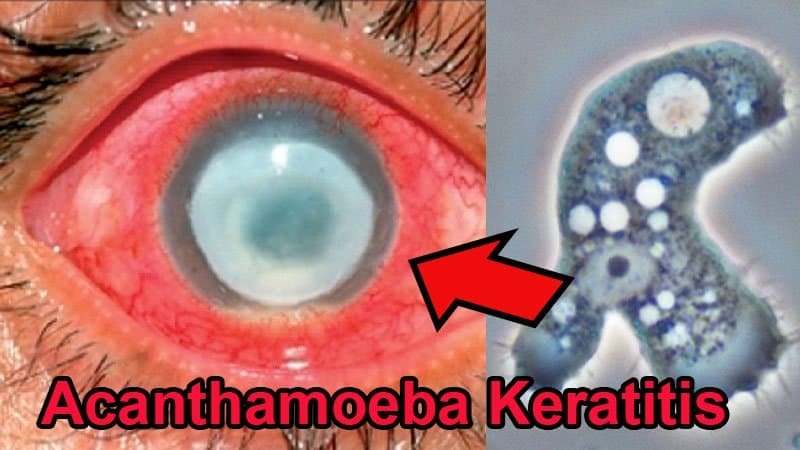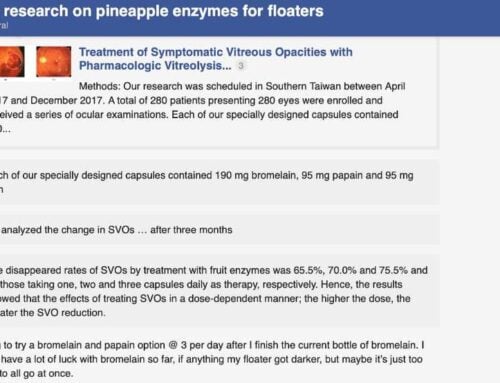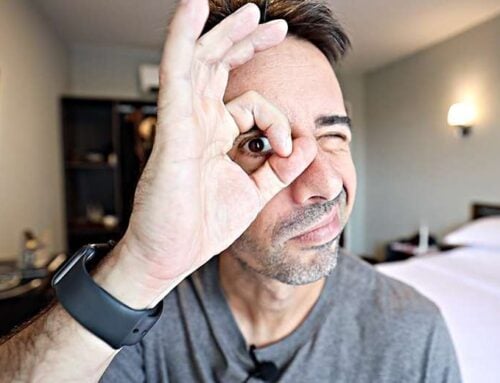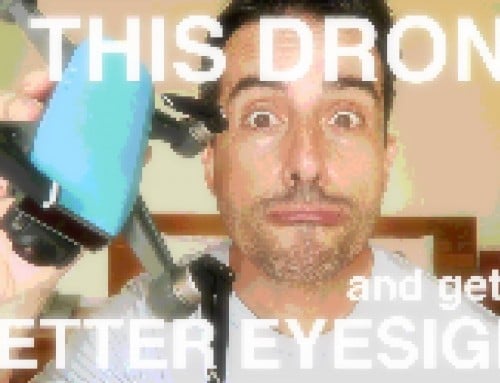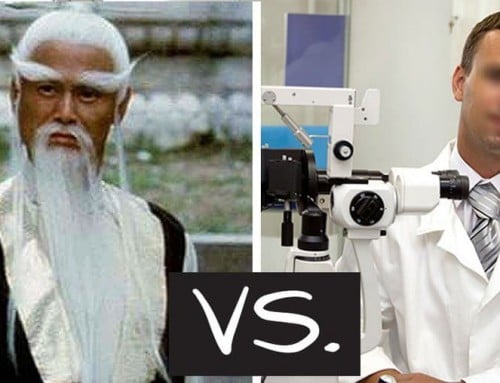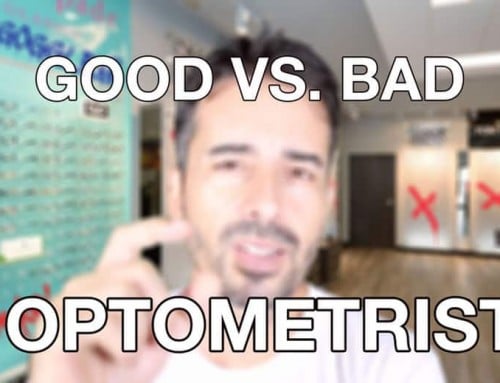Written by Despina
Contributing Optometrist
I hate wearing glasses. I hate the feeling of them on my face, the look of them, the restricted field of view, the way they minimise everything (you will look thinner in the mirror, beware of this ladies), basically everything about them. Great coming from an optometrist, I know.
So for now, until I reverse my myopia completely, I’m stuck with contact lenses, which, for me, were the best invention ever. I have successfully worn them for longer than I care to mention. I say successfully, because, if mistreated, contact lenses can make you go blind. Yes blind. Your grandma was right.
A sensible, compliant contact lens wearer, fitted and advised by a professional practitioner, need not worry. But when you start sleeping in them, showering or swimming in them, being unhygienic and using tap-water on them, you are asking for trouble.
The Acanthamoeba organism, the nastiest of nasty bugs, can cause severe visual impairment and blindness. This microscopic, free-living amoeba, lives in domestic tap-water (particularly from storage tanks, old pipes and probably aeroplanes), well-water, lakes, oceans, swimming pools, soil and dust. It loves limescale, whether it is on your contact lens case, around your taps , in your washbasin or in your water pipes. The scale provides the perfect environment for the amoeba to live and multiply.
The Acanthamoeba causes a condition called Acanthamoeba Keratitis, in which it invades the layers of the cornea and eventually destroys it. The reported number of cases are increasing every year due to increasing contact lens wear and poor compliance with hygiene regimes.
Symptoms may at first be confused with other more common eye infections, especially since contact lens wearers are used to eye irritations. They include pain (mild at first and then extreme), redness, blurred vision, sensitivity to light, grittiness and watery eyes. Seeking prompt treatment is vital to prevent the underlying layers of the cornea being affected. The longer the infection exists in the eye, the deeper into the cornea it will go and the harder it will be to treat.
Treatments are lengthy and may not be effective against all strains. In severe cases, where antimicrobial agents used in conjunction with steroids are ineffective, corneal transplants are indicated. Medication is continued after transplant as the infection still exists, and transplants may or may not be successful. In the most extreme cases of the disease, where the strain is resistant to all treatments including intravenous medication, the eye may have to be removed.
Scary stuff. But it can be avoided by taking the steps that you are probably already aware of:
- wash your hands with soap and dry before handling contact lenses
- rinse your case daily with disinfecting solution (not just saline) and use fresh solution in your case daily. Never top up.
- remove contact lenses before any activity involving water OF ANY KIND
- have regular check-ups, every 6 months at least, or more frequent in case of any irritation
- replace contact lenses regularly, max every month
- replace cases regularly, every 2 months approx
- never share contact lenses with others
These steps may take you a few extra minutes every day, but it’s worth it.

